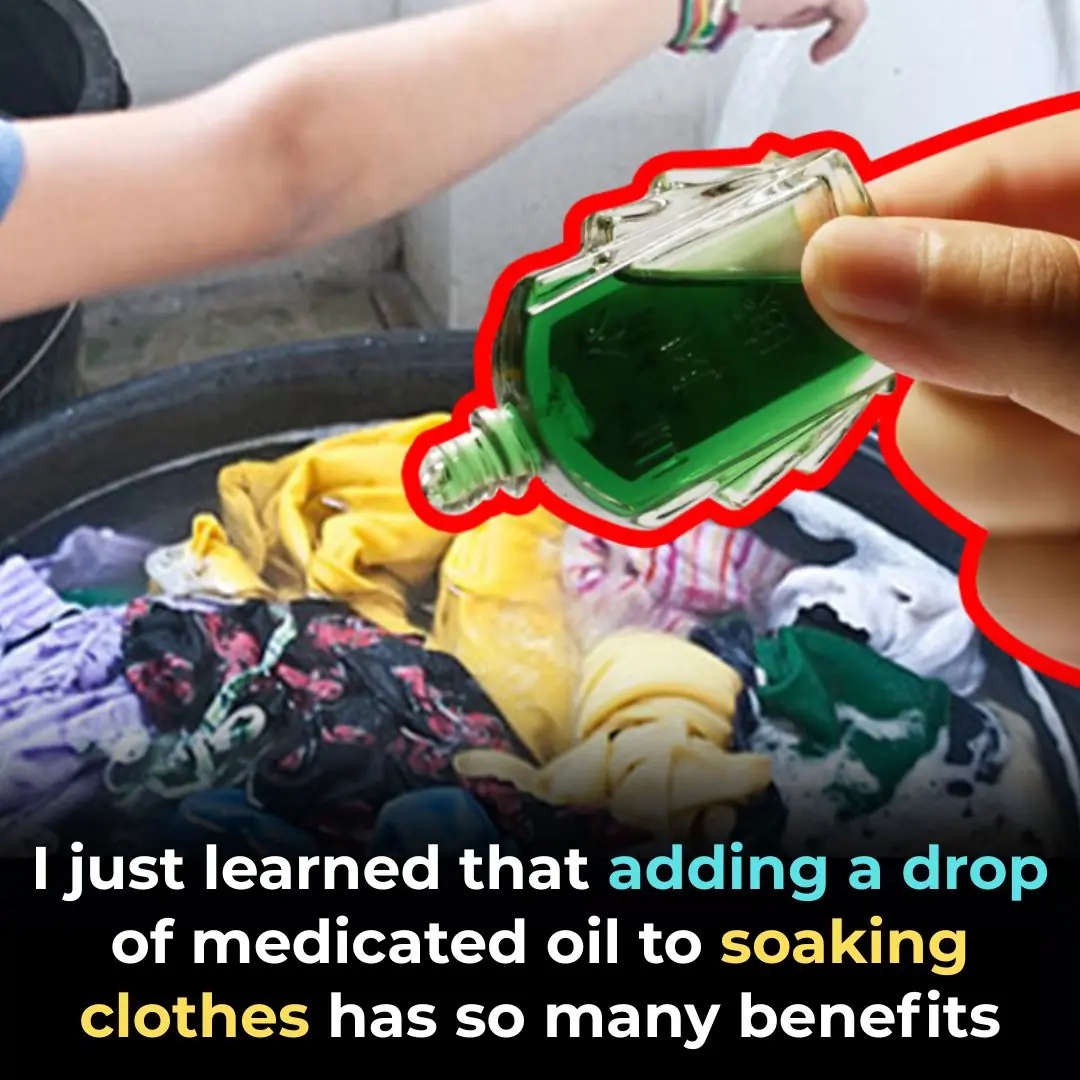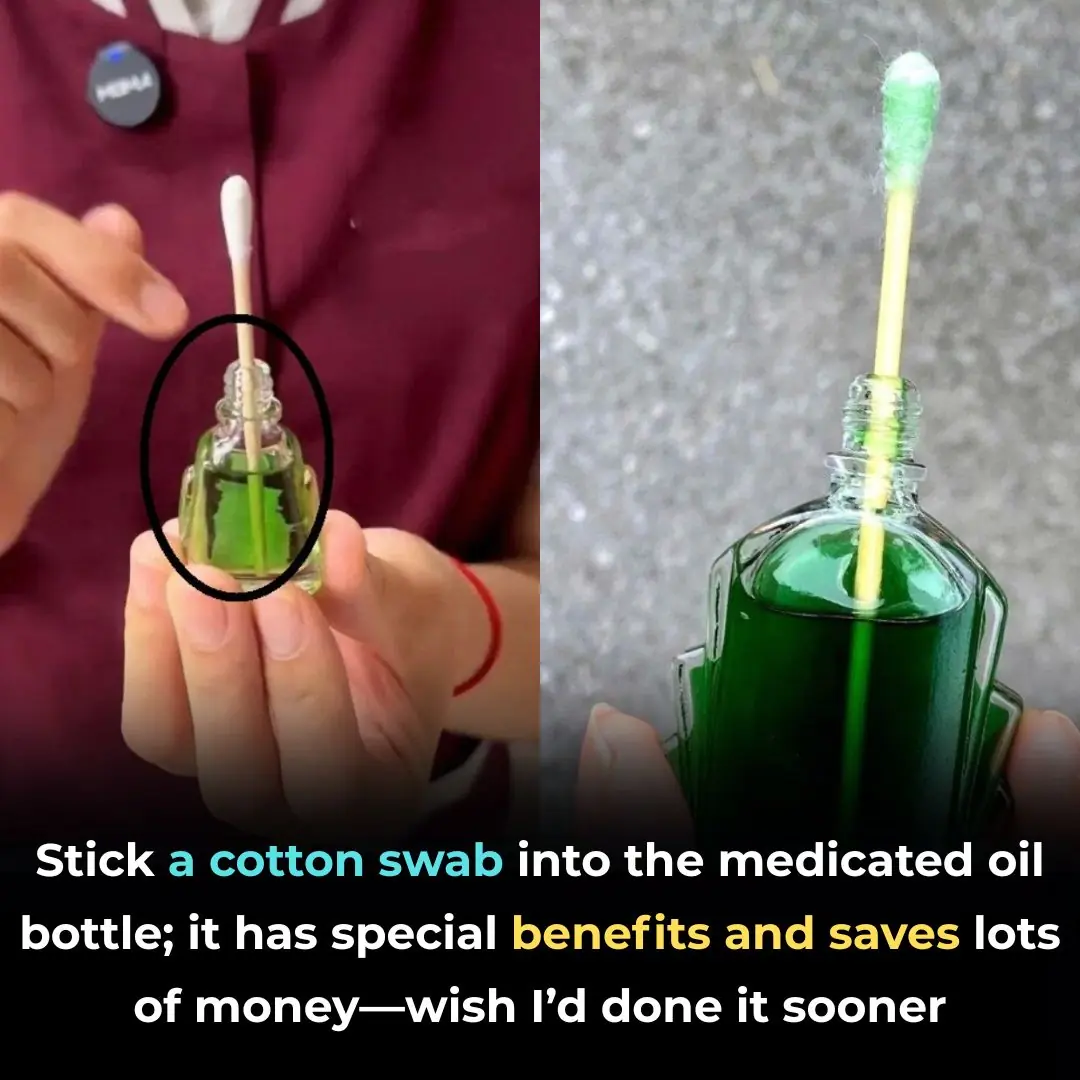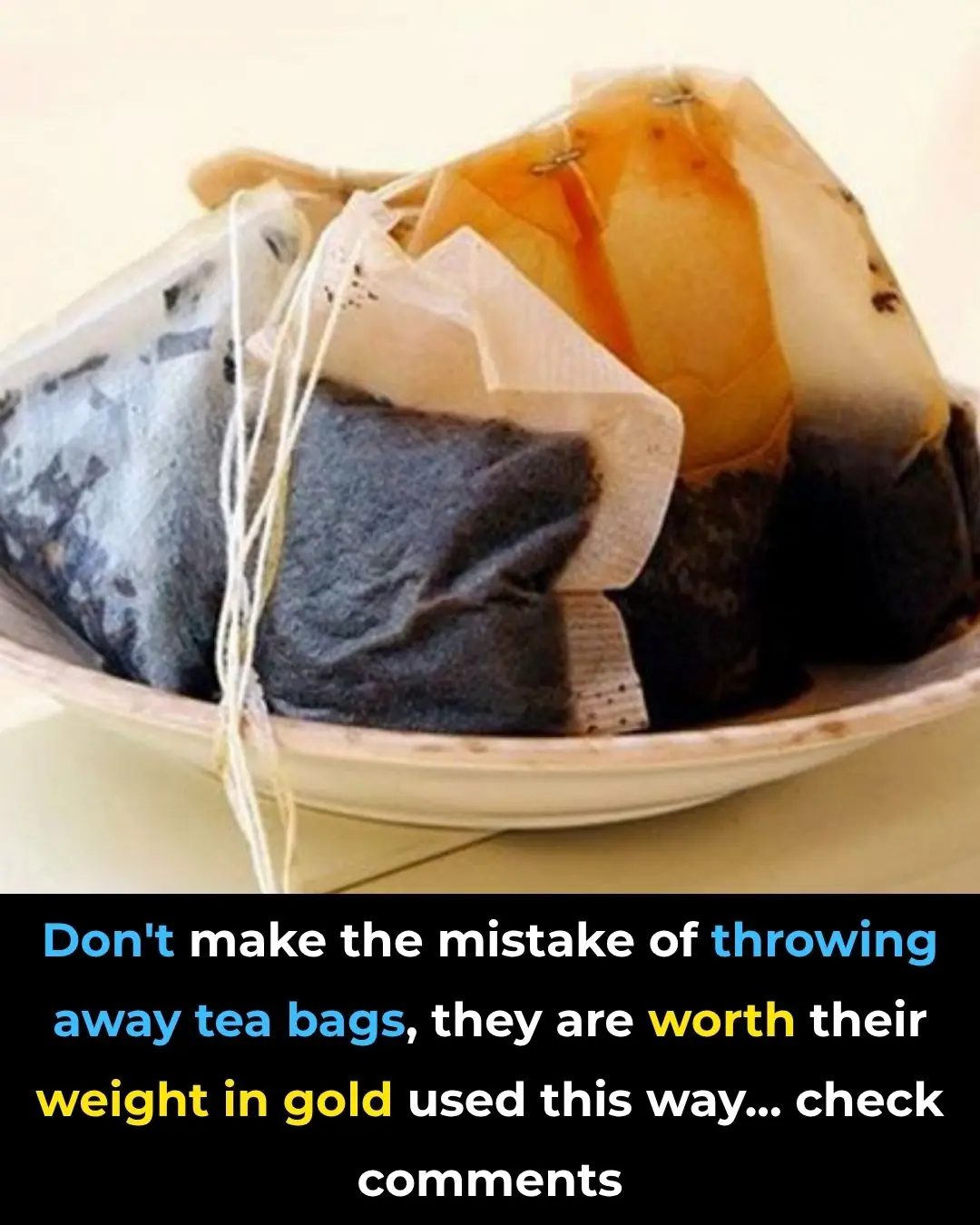
How to Clean Moldy Refrigerator Gaskets — Sparkling Clean in Just 5 Minutes
Over time, the rubber gasket (the door seal) of your refrigerator can become a breeding ground for mold, mildew, and bacteria.
Even if the rest of your fridge looks spotless, the dark grooves of the gasket often trap crumbs, spills, and moisture — creating the perfect environment for black mold to grow.
But don’t worry — with a few simple ingredients you already have at home, you can restore it to like-new condition in minutes.
🧽 Why Refrigerator Gaskets Get Moldy
The gasket’s job is to keep cold air inside the fridge. However, its soft rubber folds also trap:
-
Food residues and sugary spills
-
Condensation and humidity
-
Dust and airborne bacteria
Without regular cleaning, these combine to form black or gray mold patches — not only unsightly but also a potential health hazard.
Consumer Reports (2024) notes that mold on fridge seals can contaminate food storage areas and increase exposure to airborne spores.
🧴 Method 1: Clean with White Vinegar
White vinegar is one of the most effective natural mold removers.
How to do it:
-
Mix 1 part white vinegar with 5 parts warm water.
-
(Optional) Add a small drop of dish soap for extra degreasing power.
-
Dip an old toothbrush or soft cloth into the solution.
-
Gently scrub along the rubber folds and corners of the gasket.
-
Wipe dry with a clean microfiber towel.
Vinegar not only removes stains but also kills up to 82% of mold species and neutralizes odor.
Healthline (2024) confirms that acetic acid in vinegar disrupts mold’s cell structure, making it a safe, natural disinfectant for kitchen use.
🌿 Method 2: Use Baking Soda and Lemon
For stubborn stains or heavy mildew buildup, combine baking soda and lemon juice (or vinegar).
Mixing formula:
-
2 tablespoons of baking soda
-
Juice from half a lemon (or 2 tablespoons of vinegar)
Apply the paste to the moldy areas and let it sit for 3–5 minutes.
Then use a toothbrush or wrap a soft cloth around an old plastic card to scrub deep into crevices.
Finish by wiping clean with a damp towel.
This combination deodorizes, brightens, and disinfects — leaving your fridge gasket fresh and smooth.
Martha Stewart Living (2023) recommends baking soda as a non-abrasive cleaner that won’t damage rubber or stainless-steel finishes.
🍶 Method 3: Clean with White Alcohol (Rubbing Alcohol or Rice Wine)
Alcohol is excellent for disinfecting and removing oily residues that vinegar sometimes can’t dissolve.
How to use:
-
Pour a small amount of rubbing alcohol or white rice wine on a soft cloth.
-
Wipe along the gasket, especially moldy corners.
-
Follow up with a damp cloth to remove residue and alcohol smell.
This method is especially useful for preventing mold regrowth thanks to alcohol’s fast-drying nature.
Environmental Protection Agency (EPA, 2024) highlights ethanol and isopropyl alcohol as effective surface sanitizers with rapid drying and low toxicity.
🧼 Method 4: Use a Mold-Removal Spray (for Persistent Stains)
If the gasket hasn’t been cleaned for months and the mold is deeply embedded, use a rubber-safe mold remover available at supermarkets or online.
Follow the manufacturer’s instructions carefully.
After cleaning, always rinse and dry the gasket thoroughly to prevent chemical residue from damaging the rubber.
Good Housekeeping Institute (2023) advises using only non-chlorine-based cleaners to avoid bleaching or cracking the rubber seal.
⚠️ Important Safety Tips
-
Unplug your refrigerator before cleaning to ensure safety.
-
Remove food and store it temporarily in a cooler with ice packs to maintain freshness.
-
Always dry the gasket completely after cleaning — moisture encourages new mold growth.
-
Avoid using bleach directly, as it can harden or discolor the rubber over time.
🌸 Bonus: Keep Your Fridge Fresh Longer
Once your fridge is spotless, maintain it with these simple habits:
✅ Clean every 2–3 weeks. Wipe spills immediately to prevent buildup.
✅ Adjust temperature properly:
-
Fridge: 3–5°C (37–41°F)
-
Freezer: -18°C (0°F)
✅ Use natural deodorizers: A bowl of baking soda or activated charcoal absorbs odors.
✅ Organize food smartly: Keep cooked and raw foods separate to prevent cross-contamination.
✅ Discard old food regularly — moldy or expired food spreads bacteria quickly.
Harvard T.H. Chan School of Public Health (2024) recommends regular fridge cleaning as part of food safety practices to reduce foodborne illnesses.
💡 Quick Recap
| Cleaning Ingredient | Main Benefit | Best For |
|---|---|---|
| White vinegar | Disinfects, removes stains | Regular cleaning |
| Baking soda + lemon | Lifts mold, brightens rubber | Tough mildew |
| White alcohol | Quick-dry sanitizer | Oily or sticky residue |
| Mold remover spray | Deep cleaning | Old or stubborn mold |
✨ Final Thought
Your refrigerator works 24/7 to keep food fresh — so a few minutes of care for its rubber seal can make all the difference.
With simple natural ingredients like vinegar, baking soda, and alcohol, you can eliminate mold, extend your fridge’s lifespan, and protect your family’s health.
Clean once, breathe fresh every time you open the door.
News in the same category


California Teen Goes From Compton To Harvard To Oxford As A Rhodes Scholar

Meet The 26-Year-Old Who Became A Rocket Scientist After She Was Enrolled In An Honors Math Class By Mistake

26-Year-Old Entrepreneur Makes History As Owner Of First Black Woman-Owned Tequila Brand In Texas

Michelle Obama & Brother Craig Robinson to Launch New Podcast Giving Their Opinions on Everyday Life

Lori Loughlin Could Get Nothing From 1997 Prenup That Shields Designer Husband’s $100M Fortune

20-Year-Old Man Suffers Acute Kidney Failure After Eating 30 Grilled Oysters — Doctors Reveal the Shocking Cause

Elon Musk's ex Grimes reveals controversial face tattoo she spent 10 years 'emotionally' working up to

Justin Bieber announces 'wild' tech career move that could earn him millions

3 Unusual Signs on Your Hands That Could Signal Liver Cancer

I Just Learned That Adding a Drop of Medicated Oil to Laundry Water Has So Many Benefits

The Unexpected Power of Medicated Oil: What Happens When You Stick a Cotton Swab Inside the Bottle

9 Early Warning Signs of Lung Cancer You Should Never Ignore

Warning Signs You Should Never Ignore: When These Symptoms Appear, See a Doctor Immediately — It Could Be Late-Stage Nasopharyngeal Cancer

Why You Should Always Keep a Small Bottle of Medicinal Oil in Your Bathroom

Truth behind K Pop star's bizarre $4.5 quadrillion 'lawsuit' making her richer than Elon Musk

Calls for chess Grandmaster to be permanently banned after he 'harassed' 29-year-old champion weeks before death

8 Natural, Science-Backed Ways to Beat Motion Sickness — No Pills Needed
News Post

To cook any kind of fish, just add a handful of these leaves: the fish will lose all its fishy smell and the meat will be rich and firm.

Great tips when growing pothos, in just 3 months the plant will form a beautiful green carpet

Fighting for Wojtek: A 14-Year-Old’s Battle Against Cancer

The washing machine makes loud noises and shakes violently when spinning: Don't rush to call a repairman, just do this and the machine will run smoothly.

Defrosting meat without soaking: Chefs reveal how to make delicious meat while preserving nutrients

“Hope Dies Last”: Parents Plead to Save Their 5-Year-Old Son With ALD

If the beans are cooked quickly, they will be soft and delicious in no time, saving gas/electricity.

Tea left overnight is such a waste: It has 4 great uses that very few people know about.

Fighting for Melania: A Childhood Stolen by Pain

Banana flower – from pig food to Asia's number 1 delicacy: Revealing 2 simple ways to make it

Bathroom tiles are often moldy, dirty, and yellowed: Here are 5 cheap tips to help keep your bathroom tiles clean and shiny.

A Mother’s Prayer: Liza Scott’s Ongoing Fight for Answers

How Your Sleep Position Reveals If You’re Lazy

7 Clever DIY Uses for Used Teabags That Will Make You Think Twice Before Tossing Them

When an Elephant Found a Friend: The Story of Nelly and Rocky.

The Day Compassion Was Served Through a Coffee Window.

From Darkness to Growth — How a Garden Saved a Grandson’s Life.

Yarroway – the herb that can save the day

Devotion: The Lions Made of Love and Cardboard
